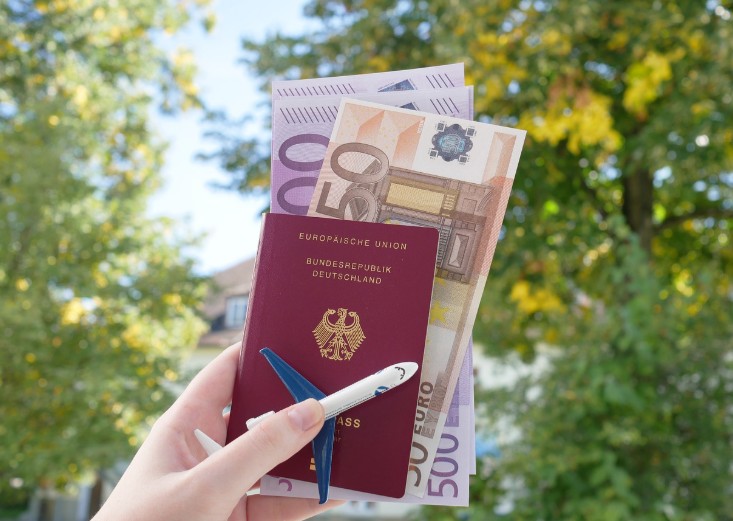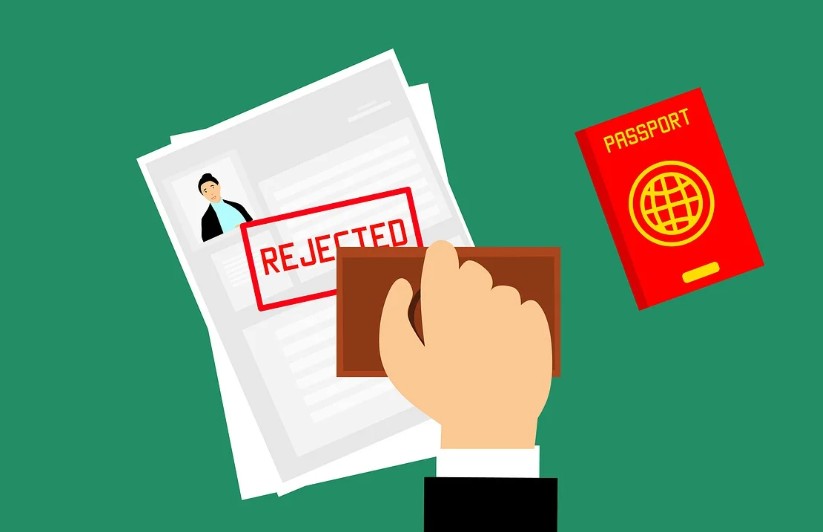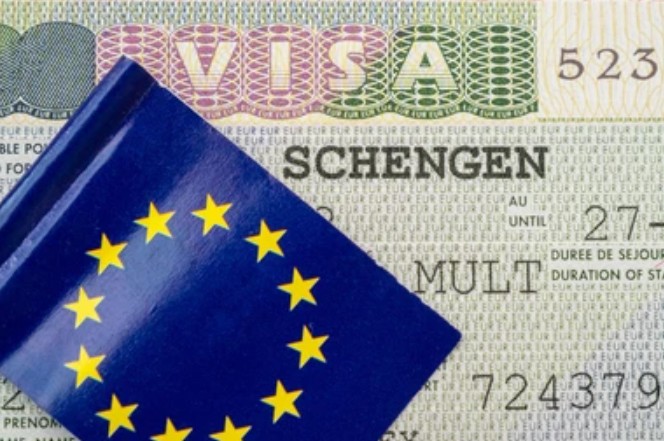If you live in the UK and hold a Biometric Residence Permit (BRP), you’re probably wondering whether you can travel across Europe — and how to make it happen. The answer is yes: you can apply for a Schengen visa from the UK, and your BRP gives you the legal right to do so, provided it’s valid and you meet the criteria.
Whether you’re planning a short holiday in Spain, a work trip to Germany, or a romantic getaway to Paris, this guide will walk you through everything you need to know about how to apply for Schengen visa from UK with BRP card — including practical tips, real stories, and lesser-known insights for a smoother process.
Understanding the Schengen Visa: What It Is and Who Needs It
The Schengen visa allows short-term travel across 27 European countries that have abolished internal borders. If you are a non-EU national residing in the UK, you likely need a Schengen visa to enter these countries — unless you come from a visa-exempt country.
The visa allows for travel of up to 90 days within 180 days, and it can be issued as a single-entry, double-entry, or multiple-entry visa.
UK citizens no longer need a visa for short visits to Schengen countries post-Brexit, but BRP holders still do, even if they’ve lived in the UK for many years.
Who Can Apply for a Schengen Visa from the UK?

To be eligible to apply from within the UK, you must meet the following criteria:
- You are legally residing in the UK with a valid BRP (Biometric Residence Permit).
- Your BRP must be valid for at least 3 months after your planned return date.
- You intend to travel for tourism, business, family visits, or short-term study/training purposes.
- You can demonstrate sufficient ties to the UK and reason to return (job, university, rental agreement, etc.).
Important: You cannot apply for a Schengen visa from the UK as a tourist. If you are just visiting the UK on a tourist visa, you must apply from your home country.
How to Apply for Schengen Visa from UK with BRP Card?
Step 1: Decide Which Country’s Embassy to Apply To
You should apply to the Schengen country where:
- You will spend the most number of days, or
- If durations are equal, where will you enter first?
This is very important because applying through the wrong country can lead to delays or rejection.
Here are some embassy examples:
- France: Applications go through TLScontact.
- Spain: Processed by VFS Global.
- Italy: VFS Global.
- Germany: TLScontact.
- Netherlands: VFS Global.
Case Study: Ahmed, a South African entrepreneur based in Leicester, planned a five-country trip starting in Paris. Since he spent the most time in France, he applied via TLScontact. He noted, “The process was efficient but slow — I received my passport after 13 days.”
Step 2: Book an Appointment Early
Appointments are booked online and often fill up quickly, especially in spring and summer. Plan to book your slot 4 to 6 weeks before your intended travel date.
Many embassies allow booking only within 90 days of your travel date, so time it carefully.
Top tip: Some embassies open new slots at midnight or early morning. Checking during off-hours might help secure a spot.
Step 3: Gather All Required Documents

This is where most applications succeed or fail. Missing, expired, or invalid documents lead to delays or outright rejection. Here’s what you typically need:
Core Documents:
- Completed application form (downloaded from the embassy or visa centre website)
- Valid passport (with 2 blank pages, valid 3 months beyond your return)
- BRP card (original and photocopy)
- UK proof of residency (utility bill, bank statement, council tax, etc.)
- Passport photo (as per Schengen specs, no older than 6 months)
Travel Details:
- Round-trip flight reservations (bookings, not paid tickets)
- Accommodation confirmation (hotel bookings or invitation letter if staying with friends/family)
- Full travel itinerary, including all planned cities and dates
Financial Proof:
- Recent bank statements (3 months, showing sufficient balance — usually £50/day minimum)
- Payslips or a letter from your employer
- Letter of sponsorship (if someone else is funding the trip)
Insurance:
- Valid travel insurance for the Schengen area with at least €30,000 medical coverage, valid for the full duration of stay.
Pro tip: Make sure your insurance explicitly says “Schengen coverage” on the certificate.
Step 4: Attend the Visa Appointment
At your appointment:
- Your documents will be reviewed.
- Biometrics (photo + fingerprints) will be collected.
- You will pay a visa fee (around £80, which varies by age and embassy).
- Optional: You may choose SMS updates or passport courier services.
Be on time, and dress appropriately. You may be asked basic questions about your itinerary and financial situation.
Step 5: Wait for a Decision
Processing times vary by embassy and season. Standard processing is around:
- 7–15 working days
- Faster processing may be available at an extra cost, but this depends on the embassy
During peak seasons, allow extra time — up to 3 weeks in some cases.
Real Story: Liyana, a Malaysian postgraduate student in Glasgow, applied for a Spanish Schengen visa in July. “I thought it would take a week — it ended up taking 16 days. Luckily, I didn’t book my flights early.”
What Should I Do If My Visa Is Rejected?

A Schengen visa rejection is disappointing, but not the end. The rejection letter will detail the reasons, which could include:
-
Insufficient financial proof
-
Invalid insurance
-
Incomplete documentation
-
Unclear travel purpose
You can either appeal the decision or reapply with better documents. There is no official “blacklist” for rejected applicants, but embassies do take note of incomplete or inconsistent histories.
Pro tip: If rejected, review your documents thoroughly before reapplying. Many people are approved the second time around after submitting clearer evidence.
What Are the Best Tips for BRP Holders Applying for a Schengen Visa?
-
Check your BRP validity: It must be valid for at least 3 months after your return.
-
Apply early: Start preparing at least 2 months ahead.
-
Organise documents: Present them in the order required by the embassy.
-
Avoid fake bookings: Use legitimate travel platforms to reserve flights and hotels. Many embassies now verify bookings.
Bonus tip: If you’re planning multiple trips in the next year, request a multiple-entry visa with a well-written cover letter.
Can I Apply for a Multiple-Entry Schengen Visa?
Yes — and if you’re planning to visit the Schengen Area multiple times, it’s a great option. Multiple-entry visas are ideal if:
-
You have family or business in the EU.
-
You plan several holidays or conferences in the coming year.
-
You’ve travelled to Schengen countries before without issues.
To increase your chances:
-
Include a cover letter explaining why you need multiple entries.
-
Submit proof of past compliant travel (old Schengen stamps, visas, itineraries).
Some embassies offer 1-year or 2-year visas to repeat applicants with a strong record. It reduces paperwork and saves time on future trips.
Final Thoughts: Is the Schengen Visa Worth the Effort?
Absolutely. While applying for a Schengen visa with a BRP from the UK involves preparation, the process is well-established. Thousands of BRP holders apply successfully every year, and each successful visa makes future applications easier.
It opens up Europe for you: scenic getaways, cultural festivals, professional networking events, or simply quality time with loved ones abroad. The key is early planning, thorough documentation, and patience.

Leave a Reply